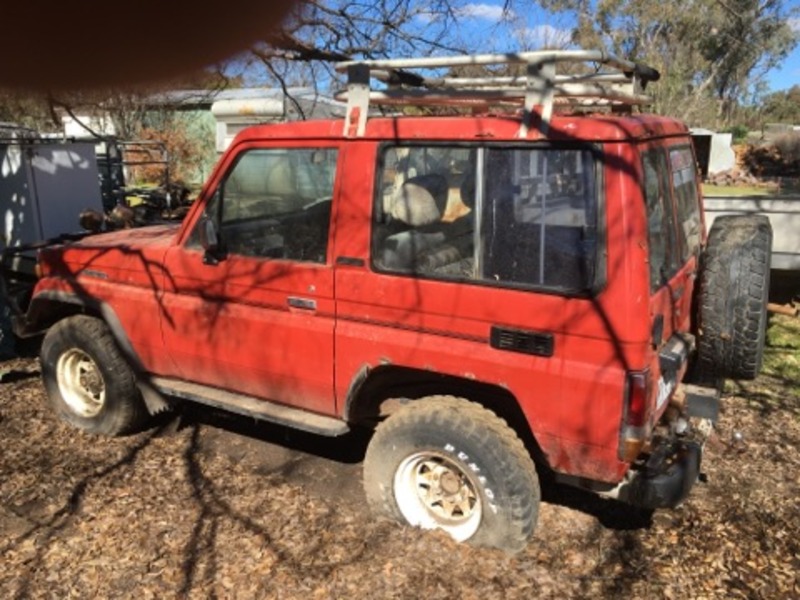Toyota Bundera Manual
Posted By admin On 05.01.21Oblivion crash on new game. The game starts up fine and makes it to the main menu, but starting a new game causes an immediate crash to desktop as soon as the loading bar hits 100%. The game just up and quits without warning. So my Oblivion directory remained exactly the same. All of the mods, files, and data were there. But now, when I load up Oblivion and hit new game, everything crashes. The bar will load to a little less than half, then the music stops playing and then the game CTDs. Load order is boss'd, mods are cleaned and there's a bashed patch. Oblivion CRASH on New Game! So I basically manually installed most of my mods besides the big ones that I downloaded using OBMM. Before I could get to the opening intro, and when that finishes I crash, and then I couldn't even get past the 'New Game' loading screen, I've had this issue before! It was when I starting messing with. If you encounter Oblivion crash on startup after installing a certain program, you can try fixing the problem by uninstalling the involved program. If all the solutions above don't work, you might need to reinstall the game. You can open Control Panel and click Uninstall a program. So I basically manually installed most of my mods besides the big ones that I downloaded using OBMM. Before I could get to the opening intro, and when that finishes I crash, and then I couldn't even get past the 'New Game' loading screen, I've had this issue before! It was when I starting messing with Plug-ins from OBSE off Bevi Lex's list such as (4gb, heap, ORS etc.) I think Oblivion.


Toyota Bundera Parts
Toyota Bundera Manual Parts
Download TOYOTA LAND CRUISER 1984-1990 LJ70 BUNDEERA REPAIR MANUAL. These are the genuine factory manuals L,2L,2L-T Deiesel Engine and 1984-1989 RJ70 LJ70 Chassis/Body manual. They will guide you through repairs & maintenance to your vehicle. So Toyota introduced the Bundera and the Prado. This 1993 Toyota Prado is owned by Sebastian Couture. In 1984/1985, Toyota introduced an entirely new design to replace the aging and now 25 year old 40 series Land Cruiser. What Toyota came up with was a most appropriate replacement.
In 1984/1985, Toyota introduced an entirely new design to replace the aging and now 25 year old 40 series Landevery off road positive aspect of the original 40 series was retained. One off road positive aspect was the heavy
Toyota received concerns from some customers that the Land Cruiser was too heavy duty for 'civilized'
capacity were not as critical. It was anticipated by Toyota that sales would begin to lag in some parts of the
downgrade the entire 70 series line, so it was decided to build a separate line of vehicles with a lighter duty and
Land Cruiser. It was produced from 1985 though the early 1990s. The medium and long wheelbase version
between the Bundera/Prado and other Land Cruisers of the day, was the addition of coil springs all around and
advancement that made the Land Cruiser more attractive to a larger customer base. In later years, this new
series in 1999. It proved to be far superior on the highway in terms of ride and handling than the older leaf
axles. Hilux type engines were also used. Either the R series (As in 22R) petrol, or the L series diesel engines
axles and engines did reduce the weight somewhat, however, these Land Cruisers were still a bit heavy for the
70 series Bundera. Most customers who would purchase a short wheel base 70 series preferred the heaviest
so slow, that Toyota considered ending Bundera production. By 1989, the Bundera was only sold in a very few
although the suspension and chassis remains basically unchanged. Around 1993, the Bundera faded away into
necessarily searching for the ultimate off road vehicle. Most Prado customers were simply looking for
much larger and more expensive Land Cruiser 80 series. Since then, the Prado later evolved into the 90 series
expensive than the flagship Land Cruiser 100.